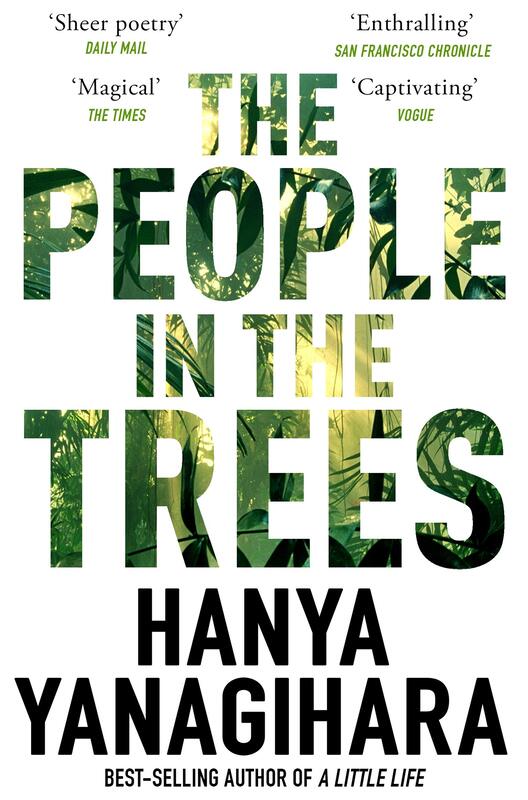In The People in the Trees, all of this (adapted for the character of Norton Perina) is put upfront in a preface, so none of it comes as a surprise. The tension therefore comes from the why and the how, and the deeper you get into Perina’s narrative, the more you learn of the reasons for his actions. The sensitive subject matter is handled with delicacy and care by Yanagihara, showing the horror of Perina’s actions without sensationalising them.
Among the many unlikeable protagonists of 21st century literature, Perina is surely one of the most wretched. He’s a man driven by selfish need, his interest in science a result of his general detachment from human life. Though clearly a predator, he’s also fundamentally weak, coming across through his narration as spineless and insipid. Most of the people he encounters dislike him, and those who don’t are willing to turn a blind eye to his lack of moral compass and cruel nature. Yanagihara’s skill is getting the reader invested in his story despite his repulsive character.
The fictional culture depicted in the book is fascinating. The lost tribe gain their longevity by eating the flesh of a rare species of turtle, which Perina brings back to the US to experiment with. Once members of their tribe reach 60, they get a small tattoo of a turtle, which the scientists use to identify which are older. The differences between them and the people of the tribe is highlighted in a particular scene where a ritual takes place, the details of which I won’t go into here. Their differing perspectives, including Perina’s, reveal who they are and show the gulf between the natives’ way of life and theirs.
The People in the Trees is a masterpiece. Disturbing and compelling, its impression lingers in the mind long after the book is done. Its themes of colonialism and the abuse of power are highly relevant, and to top it all off it’s beautifully written. Yanagihara has since written two novels, A Little Life and the recently-published To Paradise, and based on the strength of her debut I’m keen to read both.
Review by Charlie Alcock

 RSS Feed
RSS Feed
